Good soldering is an essential skill in a variety of fields, including electronics, jewelry making, and plumbing. In order to achieve a successful soldering joint, there are a few key points to keep in mind.
First, it's important to use the right type of solder. Solder comes in different alloys, each with its own melting point and properties. For example, some alloys are better for electrical conductivity, while others are more suitable for making strong mechanical connections. Choosing the right solder type for your project is crucial for achieving a strong, reliable joint.
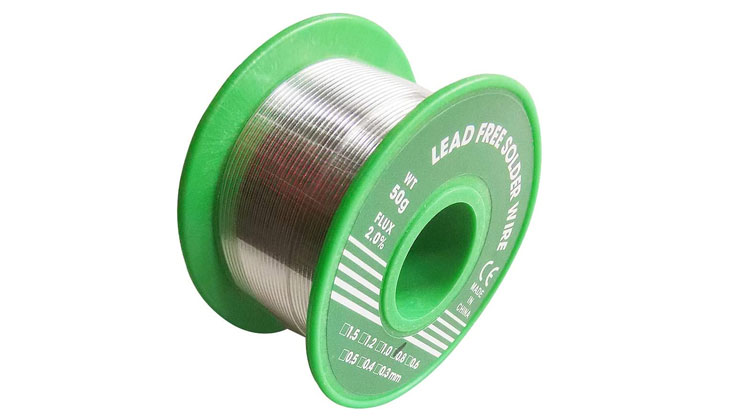
Next, the soldering iron itself is an important tool. The iron's temperature should be appropriate for the solder being used. If the iron is too hot, it can damage the components being soldered or even cause the solder to vaporize. On the other hand, if the iron is not hot enough, the solder may not properly melt and form a good joint.
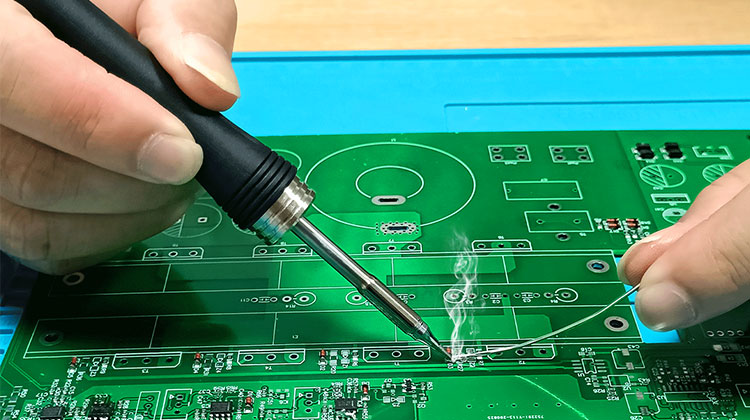
Good soldering technique is also important. The soldering iron should be applied to the joint, with the tip of the iron-making contact with the component being soldered and the wire or piece of metal being attached. The solder should then be applied to the joint and allowed to flow into the gap between the two pieces. The soldered joint should be smooth and shiny, with a "fillet" of solder surrounding the joint on all sides.
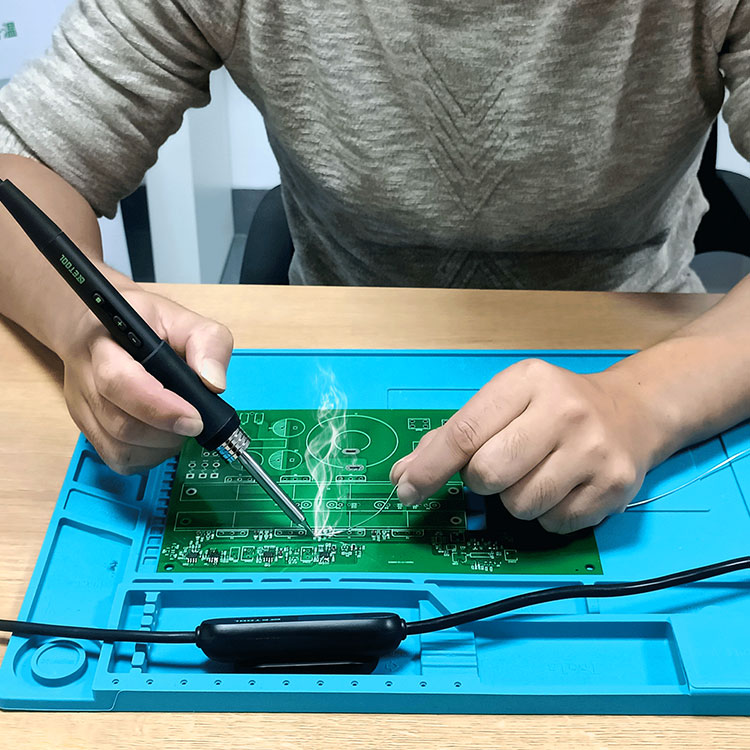
Properly preparing the surfaces to be soldered is another key point. The surfaces should be clean and free of any dirt, oil, or other contaminants that could prevent the solder from adhering properly. This can be accomplished by cleaning or wiping the surfaces with a cloth or sponge.
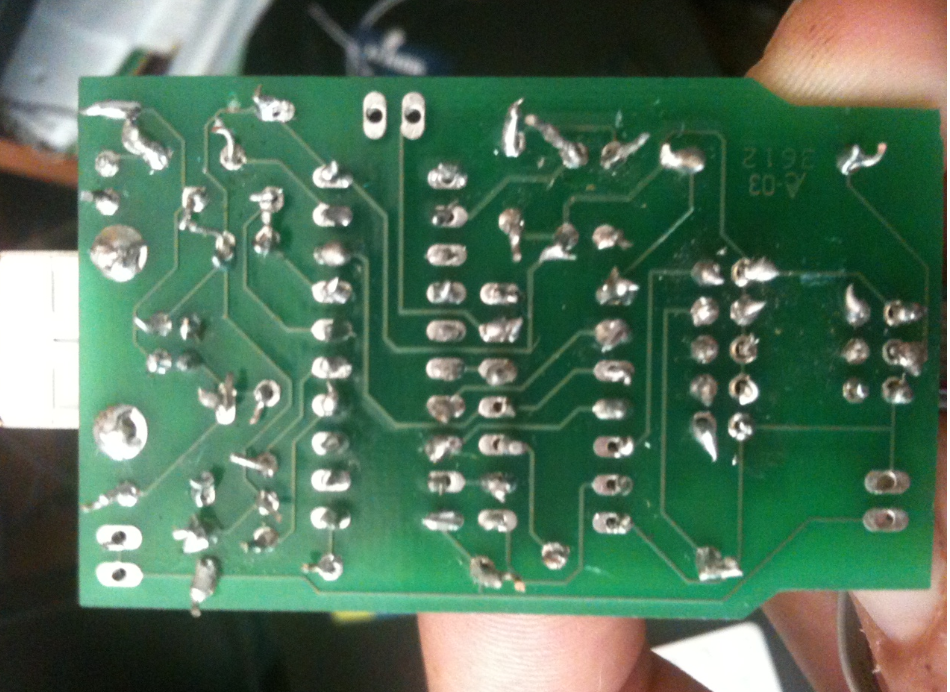
Finally, letting the soldered joint cool properly before handling it or testing its strength is important. If the joint is moved or stressed before it has had time to cool and harden, it could break or become damaged.
In conclusion, good soldering requires using the right solder, a properly heated soldering iron, good technique, clean surfaces, and proper cooling of the soldered joint. By following these key points, you can achieve strong, reliable soldered joints that will hold up over time.
In addition to the key points mentioned above, there are a few other things to consider when soldering.
One is the use of flux. Flux is a chemical substance that helps clean the surfaces being soldered and promote the solder flow. It can be applied to the joint in liquid form, using a brush or sponge, or as a paste or wire core solder. Flux can be particularly useful when soldering difficult-to-solder materials, such as aluminum or stainless steel.
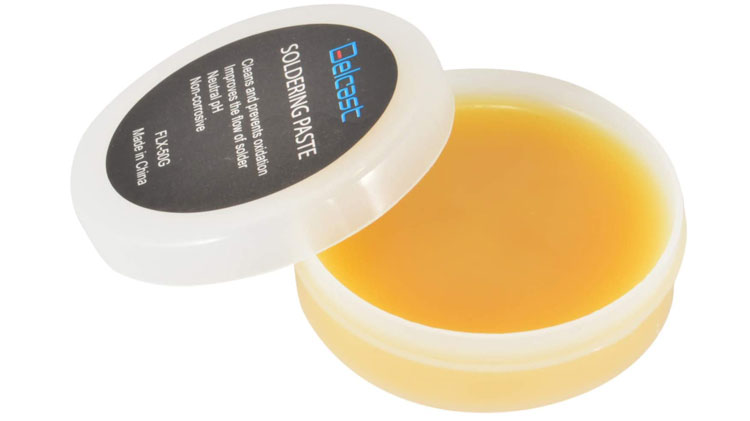
Another important consideration is safety. Soldering can produce dangerous fumes, so it's important to work in a well-ventilated area and avoid inhaling the fumes. In addition, the soldering iron and the soldered joint can both get very hot, so it's important to use protective equipment, such as gloves and safety glasses, to avoid burns.
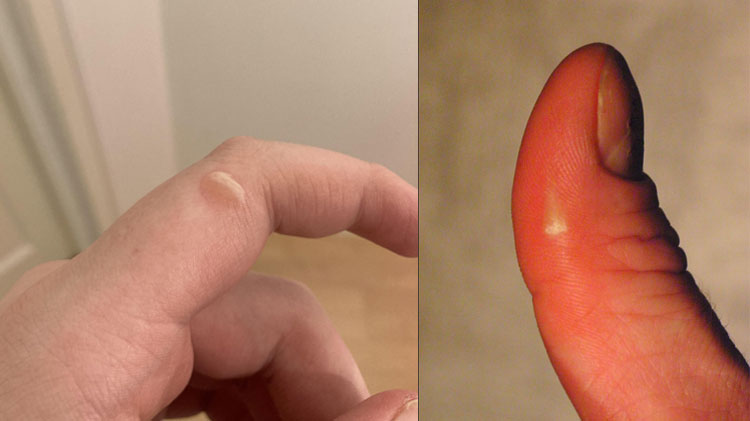
Finally, it's a good idea to practice and develop your soldering skills. Like any other skill, soldering takes practice to master. Start with simple projects and work your way up to more complex ones. Pay attention to your technique and the quality of your soldered joints, and always strive to improve.
In summary, the key points of good soldering include using the right type of solder, a properly heated soldering iron, good technique, clean surfaces, and proper joint cooling. Other considerations include the use of flux, safety, and practice to improve your skills. By following these guidelines, you can achieve strong, reliable soldered joints and become a skilled solderer.
One way to improve your soldering skills is to familiarize yourself with the different types of soldering iron tips that are available and choose the one that is best suited for your project.
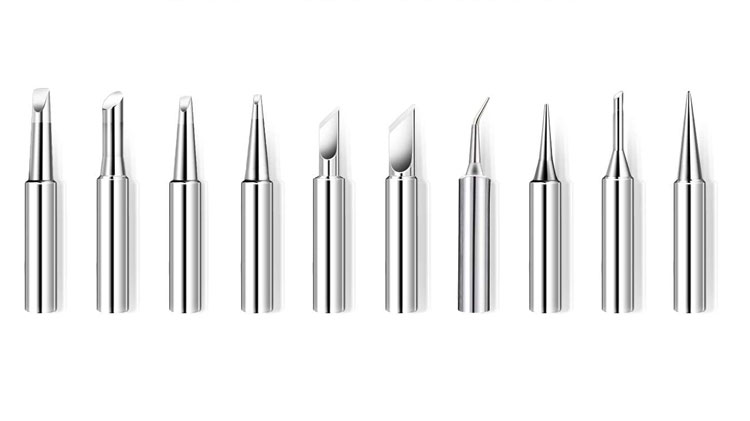
Soldering iron tips come in various shapes and sizes, each designed for a specific purpose. For example, there are chisel-shaped tips for making wide, flat joints and conical tips for making precise, narrow joints. There are also tips with angled or curved surfaces for soldering in tight or hard-to-reach places.
Another way to improve your soldering skills is to use a temperature-controlled soldering iron. A temperature-controlled iron allows you to set the temperature accurately, ensuring that the iron is hot enough to melt the solder but not so hot that it damages the components or vaporizes them. This can help to improve the quality of your soldered joints and reduce the risk of mistakes.
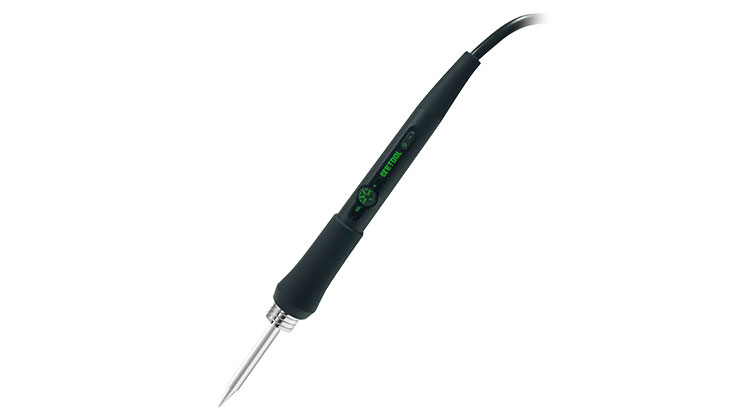
In addition, it's a good idea to use high-quality soldering tools and materials. Cheap or low-quality soldering irons, solder, and flux can make your soldering job more difficult and result in poor-quality joints. Investing in good-quality tools and materials can save you time and frustration in the long run and help you achieve better results.
Finally, it's important to pay attention to the details when soldering. Take the time to properly prepare the surfaces to be soldered, apply the flux and solder evenly, and avoid creating cold or "dry" joints. These small details can make a big difference in the quality and reliability of your soldered joints.
In conclusion, there are several ways to improve your soldering skills. These include choosing the right soldering iron tip for your project, using a temperature-controlled soldering iron, using high-quality tools and materials, and paying attention to the details. By following these tips, you can become a skilled solderer and produce strong, reliable soldered joints.
Contact: Mr. Li
Phone: (0086) 138 24254 321
E-mail: atetool@atetool.com.cn
Add: 5F, 1-2# Building, Tongfuyu Industrial Zone, Aiqun Rd, Shiyan Subdistrict, Bao'an, Shenzhen, 518108, China